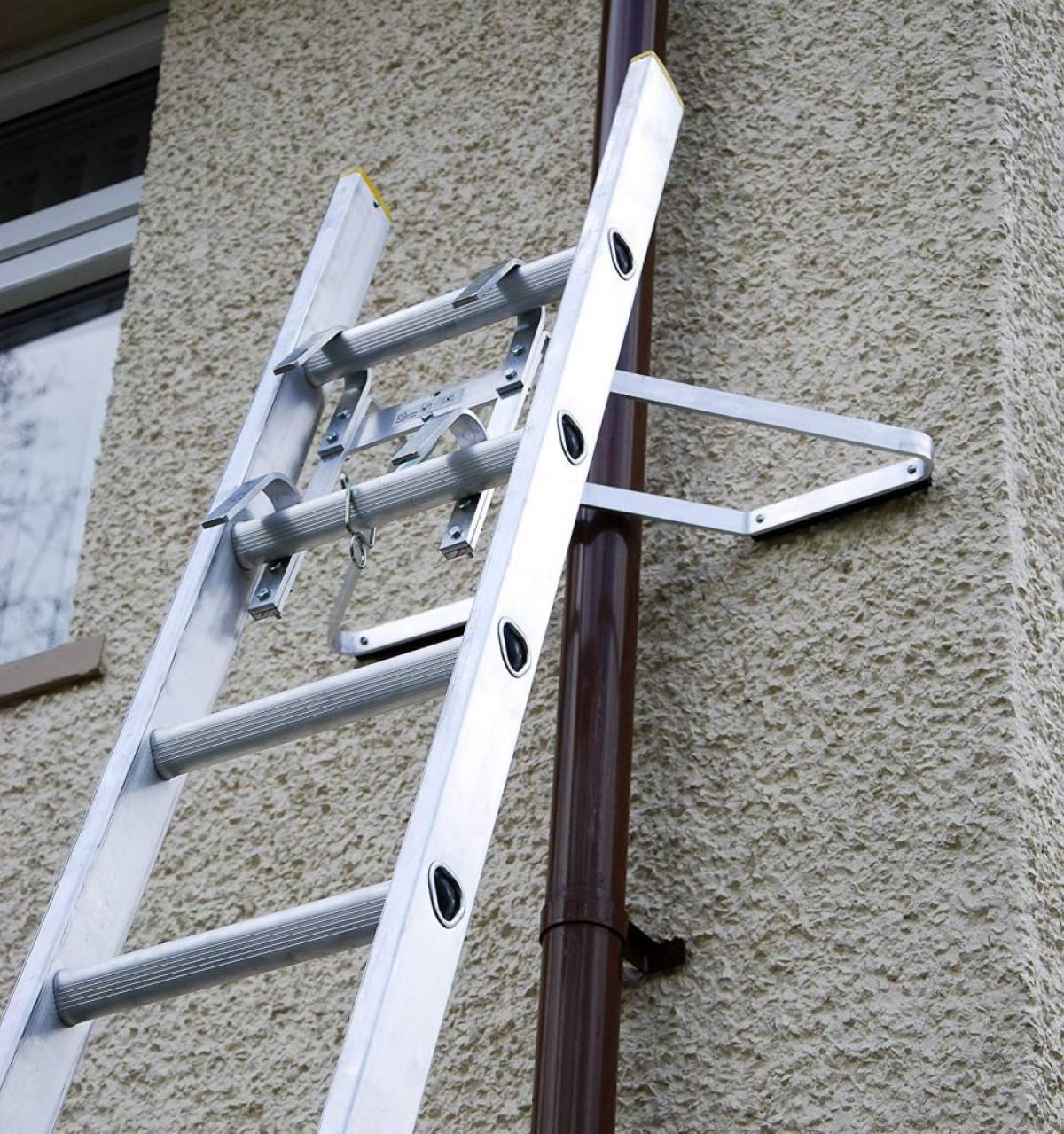

Articles
How Far Out Should A Ladder Be From A Wall
Modified: February 22, 2024
Learn how to properly position a ladder against a wall for safe and efficient use. Read our informative articles for expert tips and guidelines.
(Many of the links in this article redirect to a specific reviewed product. Your purchase of these products through affiliate links helps to generate commission for Storables.com, at no extra cost. Learn more)
Introduction
When it comes to using a ladder, safety is of utmost importance. One important aspect of ladder safety is knowing how far out a ladder should be placed from a wall or vertical surface. Placing a ladder at the correct distance from the wall not only ensures stability but also allows for a better range of motion and reduces the risk of accidents or injuries.
In this article, we will explore the factors to consider when determining the appropriate distance, the recommended distance for different types of ladders, how to adjust for different heights, and some safety precautions to keep in mind.
Whether you are using a ladder for household tasks or professional work, understanding the optimal distance between the ladder and the wall is crucial for a safe and successful operation. So, let’s dive in and explore this important aspect of ladder safety.
Key Takeaways:
- Proper ladder placement is crucial for safety. Consider factors like angle, surface conditions, weight, ladder type, and work height to determine the right distance from the wall.
- Follow recommended distances for different ladder types. Adjust for different heights and use safety precautions to ensure a stable and secure working environment.
Read more: How Far Should Toilet Be From Wall
Factors to Consider
There are several factors that should be taken into consideration when determining the appropriate distance to place a ladder from a wall or vertical surface. These factors include:
- Angle of the ladder: The angle at which the ladder leans against the wall is an important factor to consider. The ladder should typically have a slope of around 75 degrees, which means that for every 4 feet of ladder height, it should be placed 1 foot away from the wall. This angle provides optimal stability and balance while ascending or descending the ladder.
- Surface conditions: The condition of the surface where the ladder will be placed is also essential. If the ground is uneven or slippery, additional precautions may be necessary. Ensure that the surface is stable and free from debris, water, or any other potential hazards that could compromise the stability of the ladder.
- Weight-bearing capacity: Consider the weight of the individual using the ladder as well as the weight of any equipment or materials that will be carried. Make sure the ladder’s weight-bearing capacity is not exceeded to maintain stability and prevent accidents.
- Ladder type: Different types of ladders have varying recommendations for the distance they should be placed from the wall. For instance, extension ladders should have a base distance of one-quarter of the working length from the wall, while step ladders typically require half of their height to be away from the wall.
- Height of the work: The height at which you will be working is an important consideration as well. If you need to reach a higher point, you may need to adjust the distance accordingly. Always ensure that you can comfortably reach your work area without overreaching or straining, as it can lead to loss of balance and accidents.
Considering these factors will help you determine the appropriate distance to place your ladder from the wall, ensuring a safe and stable working environment.
Recommended Distance
While the exact distance to place a ladder from a wall may vary depending on the factors mentioned earlier, there are some general guidelines to follow for different types of ladders:
- Extension Ladders: For extension ladders, the base of the ladder should be placed approximately one-quarter of the ladder’s working length away from the wall. For example, if you are using a 16-foot extension ladder, the base of the ladder should be positioned around 4 feet away from the wall.
- Step Ladders: Step ladders typically require a different approach. The recommended distance for step ladders is to have the spreaders fully extended, and the ladder should be positioned so that the distance between the back legs and the wall is about one-half of the ladder’s height. For instance, a 6-foot step ladder should be placed approximately 3 feet away from the wall.
- Platform Ladders: Platform ladders, also known as podium ladders, are commonly used for tasks that require a larger working area or stability. The recommended distance for platform ladders is similar to step ladders. Make sure the ladder is extended fully, and the distance between the back legs and the wall is about one-half of the ladder’s height.
Remember, these are general recommendations, and it’s important to always refer to the manufacturer’s guidelines and instructions specific to your ladder model. Following these recommended distances will help ensure that your ladder is positioned in a way that provides optimal stability and safety while you work.
A good rule of thumb is to place the base of the ladder one foot away from the wall for every four feet of ladder height. This will help ensure stability and safety while using the ladder.
Adjusting for Different Heights
Depending on the height at which you will be working, you may need to adjust the distance between the ladder and the wall. Here are some tips for adjusting the placement of the ladder based on different heights:
- Lower Heights: If you are working at a lower height, such as on the first or second floor of a building, you can follow the recommended distances mentioned earlier for extension ladders and step ladders. As a general rule, the base of the ladder should be placed one-quarter of the ladder’s working length away from the wall for extension ladders and one-half of the ladder’s height away from the wall for step ladders.
- Higher Heights: When working at higher heights, it’s important to ensure that the ladder is positioned securely. In addition to following the general guidelines, you can take additional precautions to enhance stability. This can include using ladder stabilizers or ladder levelers to create a more secure base. These accessories can help distribute the weight evenly and prevent the ladder from wobbling or slipping.
- Working on a Sloped Surface: If you need to work on a sloped surface, it may require some adjustments in ladder placement. In this case, you should aim to position the ladder parallel to the slope, ensuring that all ladder legs rest securely on the ground. Avoid placing the ladder at an angle to the slope, as it can lead to instability and increase the risk of accidents.
Always exercise caution when adjusting the placement of the ladder for different heights, and be mindful of maintaining a stable and secure setup. If you’re unsure about the appropriate distance or placement, it’s recommended to seek guidance from professionals or consult the ladder manufacturer’s instructions.
Remember, safety should always be the top priority when working at different heights, and taking the necessary precautions will help ensure a safe and successful work experience.
Safety Precautions
When working with ladders, it’s crucial to prioritize safety to prevent accidents and injuries. Along with placing the ladder at the correct distance from the wall, here are some important safety precautions to keep in mind:
- Inspect the ladder: Before using a ladder, thoroughly inspect it for any damages or defects. Check for loose or missing rungs, cracked or bent rails, and ensure that all locks and hinges are in proper working condition. If you notice any issues, do not use the ladder and replace or repair it as necessary.
- Choose a stable surface: Place the ladder on a stable and level surface. Avoid using ladders on uneven or slippery ground. If necessary, use ladder levelers or stabilizers to ensure a more secure setup.
- Secure the ladder: Ensure that the ladder is firmly positioned and secured before climbing. If using an extension ladder, make sure the locks are engaged, and the ladder is fully extended and properly locked in place.
- Use the correct size ladder: Select a ladder that is suitable for the height of the task. Overreaching or standing on the top rung of a ladder can lead to loss of balance and accidents. It’s recommended to use a ladder that extends at least 3 feet beyond the height you need to reach.
- Maintain three points of contact: When climbing up or down the ladder, always maintain three points of contact. This means having two hands and one foot or two feet and one hand on the ladder at all times. Avoid carrying heavy tools or equipment in your hands while climbing.
- Avoid overloading: Do not exceed the weight limit specified by the ladder manufacturer. Overloading the ladder can lead to instability and collapse. Consider the weight of both the person using the ladder and any equipment or materials being carried.
These safety precautions are essential to ensure a safe working environment when using a ladder. Always prioritize your well-being and take the necessary steps to minimize the risk of accidents and injuries.
Conclusion
Properly placing a ladder at the correct distance from a wall is a fundamental aspect of ladder safety. By following the guidelines and recommendations outlined in this article, you can ensure a stable and secure working environment while minimizing the risk of accidents and injuries.
Factors such as the angle of the ladder, surface conditions, weight-bearing capacity, ladder type, and height of the work all play a role in determining the appropriate distance between the ladder and the wall. It is crucial to assess these factors and adjust the ladder placement accordingly.
Remember to follow the recommended distances, such as having the base of the extension ladder one-quarter of the working length away from the wall, and the back legs of the step ladder about one-half of its height from the wall. These distances provide optimal stability and balance.
Additionally, for different heights or working on sloped surfaces, make necessary adjustments and consider using ladder accessories like stabilizers or levelers to enhance stability.
Always prioritize safety when working with ladders. Conduct regular inspections of the ladder for any damages, choose a stable surface, secure the ladder properly, use the correct size ladder, maintain three points of contact while climbing, and avoid overloading the ladder.
By implementing these safety precautions and placing the ladder at the appropriate distance from the wall, you can work with confidence, knowing you have reduced the risk of accidents and created a safe working environment.
Remember to refer to the manufacturer’s guidelines and instructions specific to your ladder model for more detailed information on placement and safety measures. Stay safe and happy climbing!
Frequently Asked Questions about How Far Out Should A Ladder Be From A Wall
Was this page helpful?
At Storables.com, we guarantee accurate and reliable information. Our content, validated by Expert Board Contributors, is crafted following stringent Editorial Policies. We're committed to providing you with well-researched, expert-backed insights for all your informational needs.
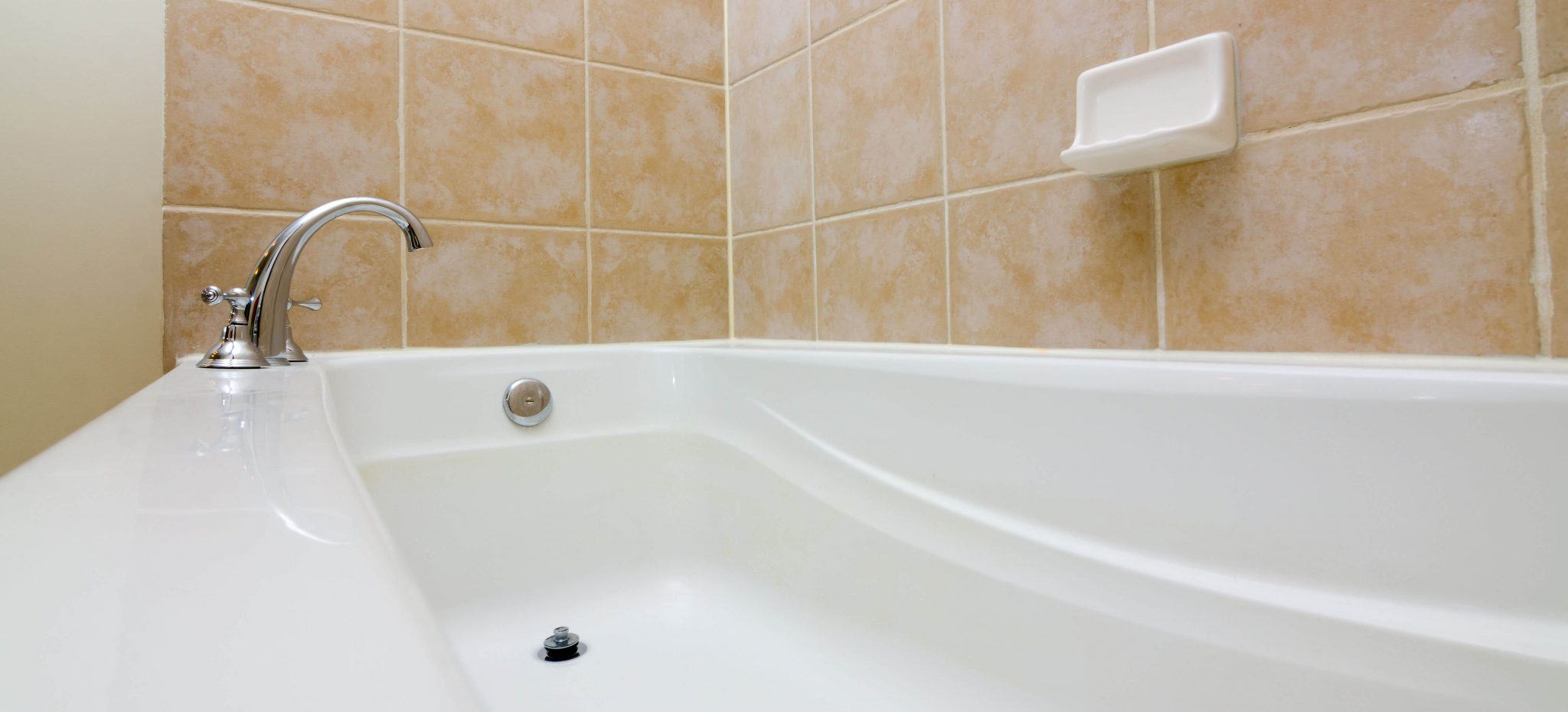
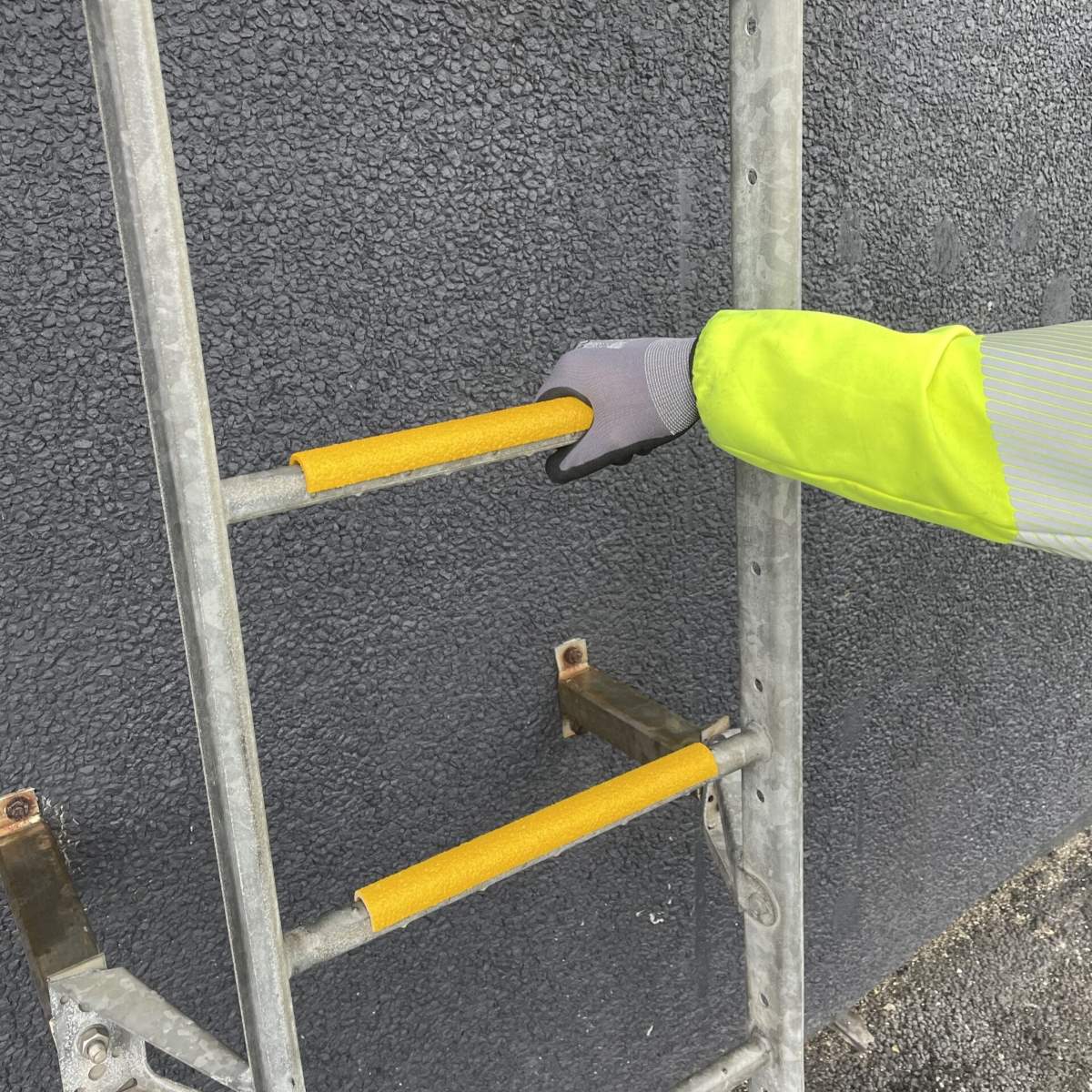
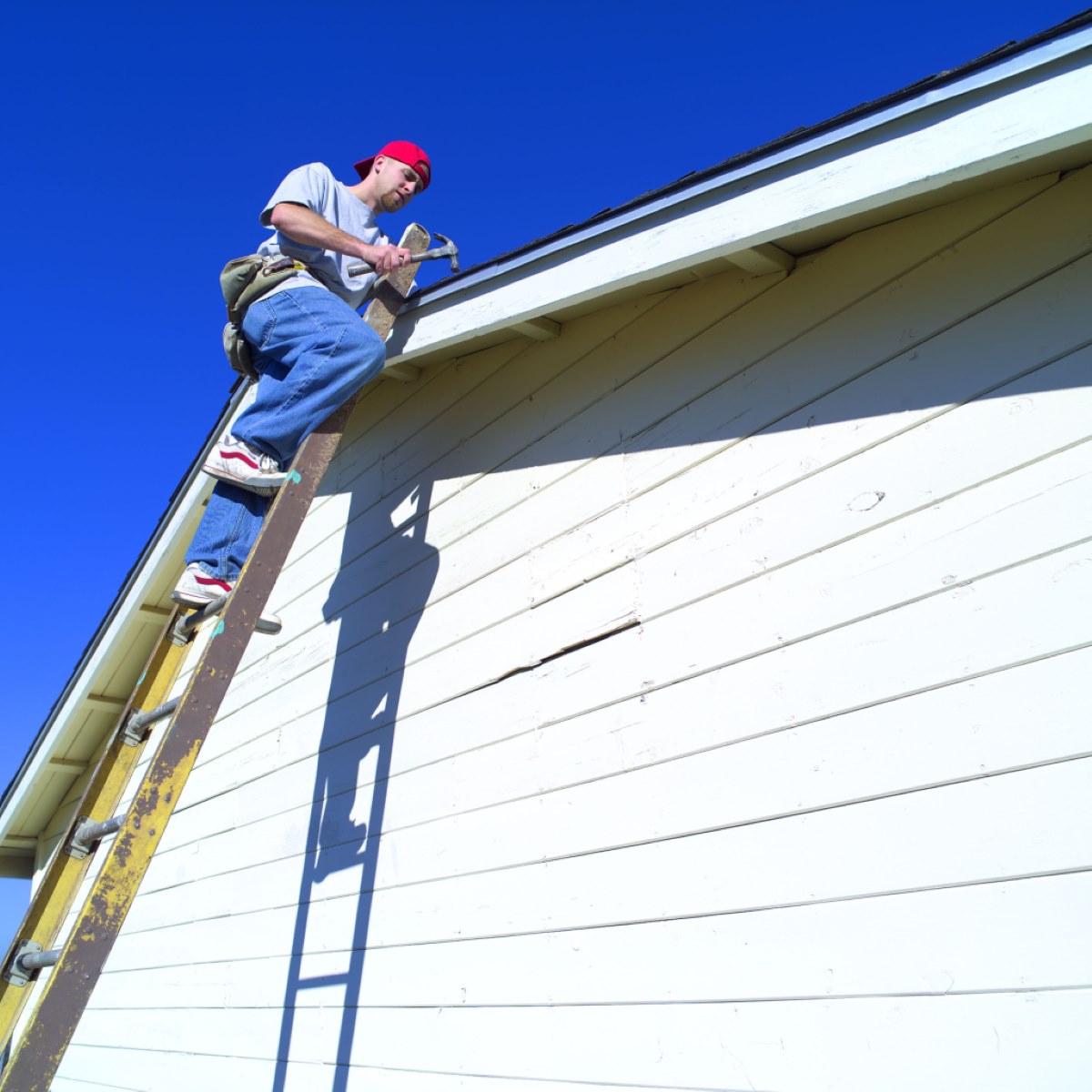








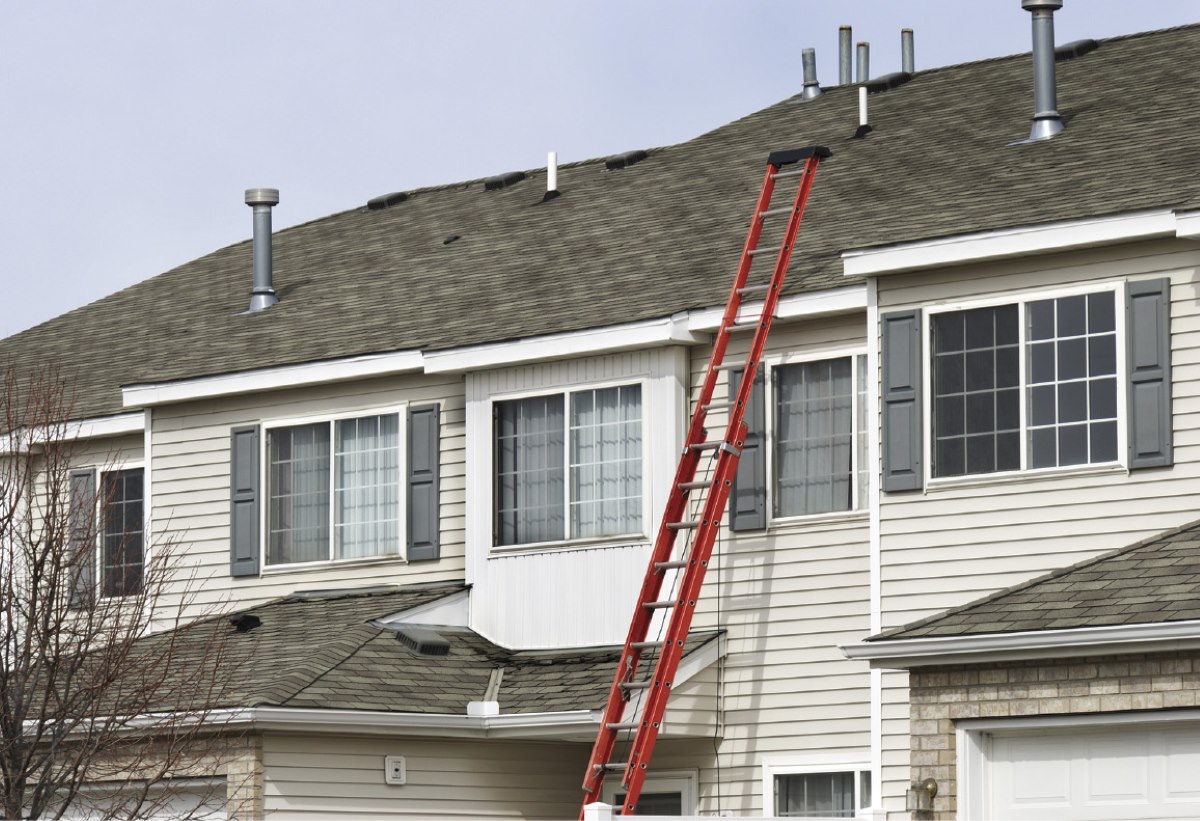



0 thoughts on “How Far Out Should A Ladder Be From A Wall”